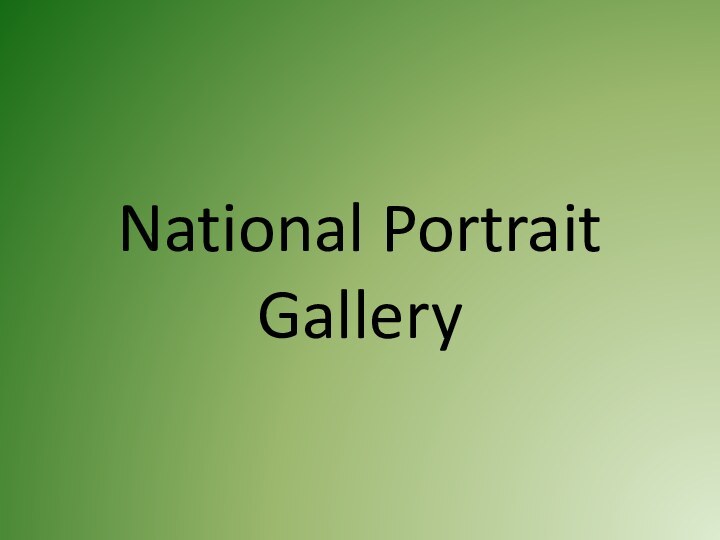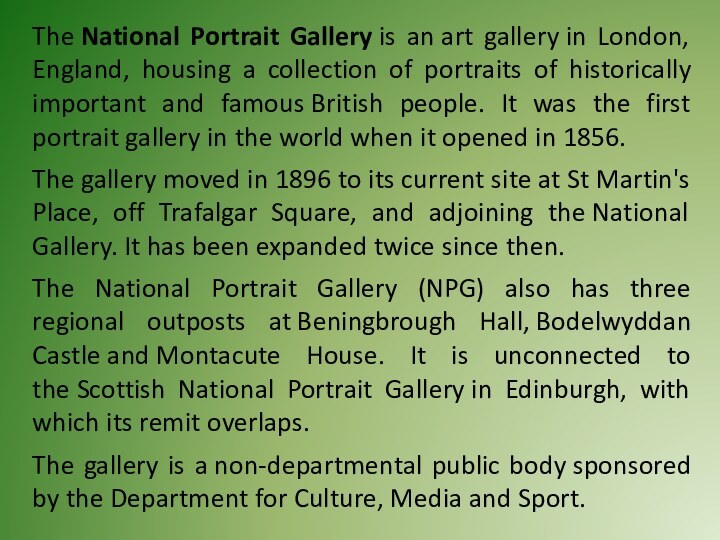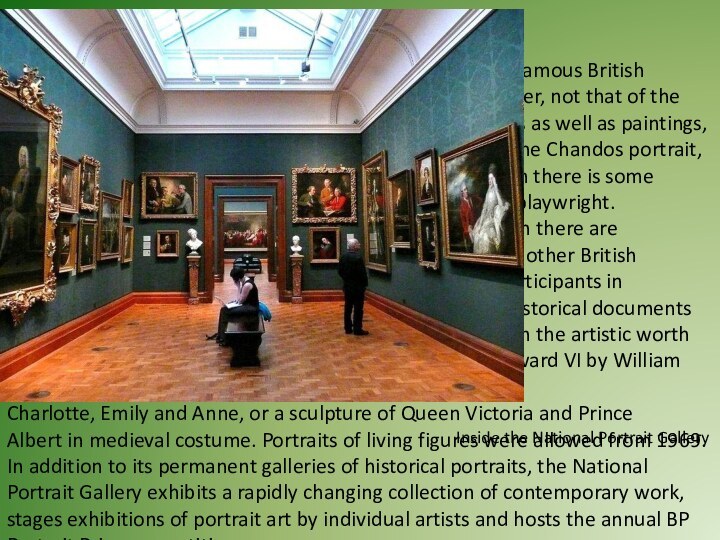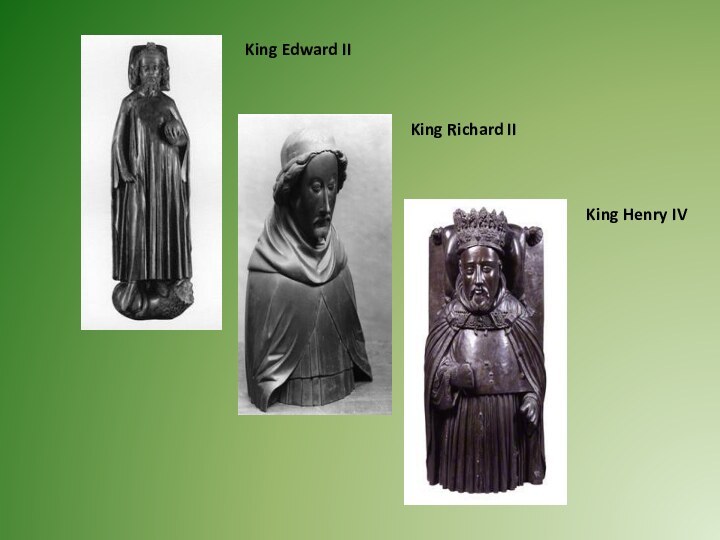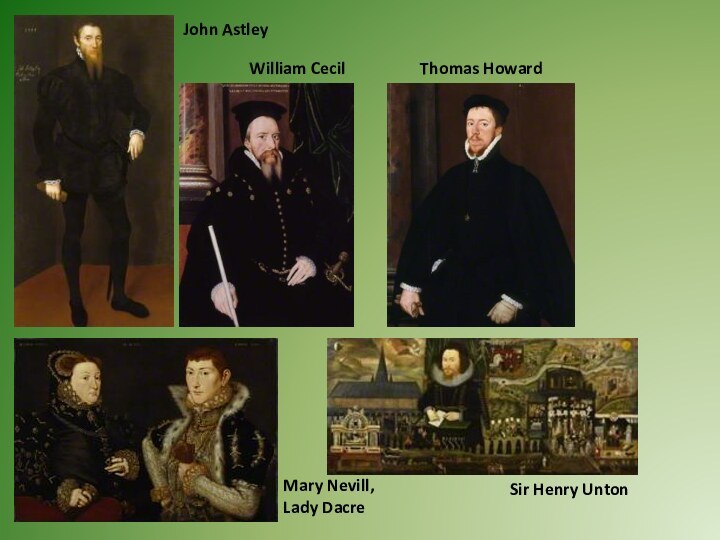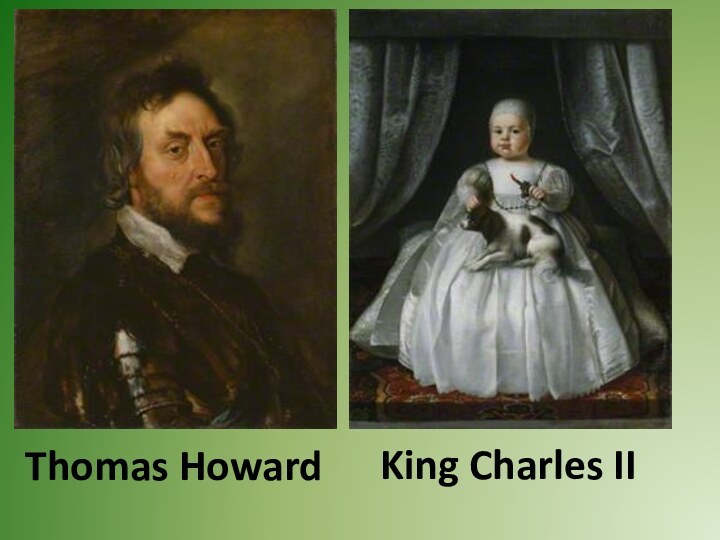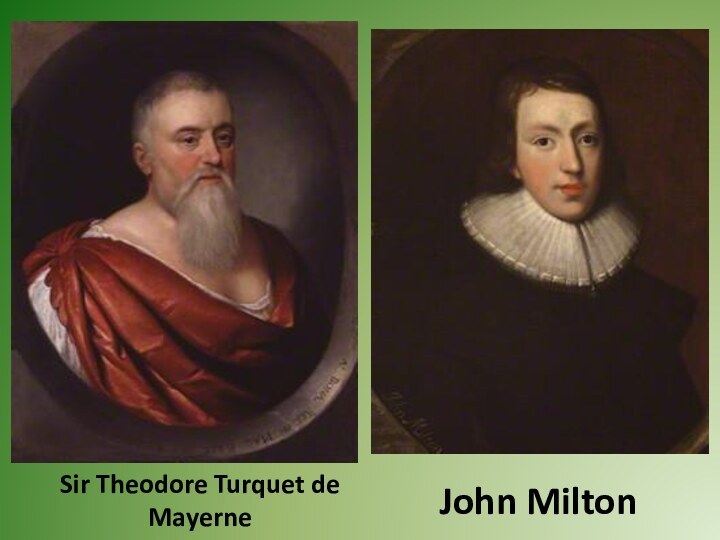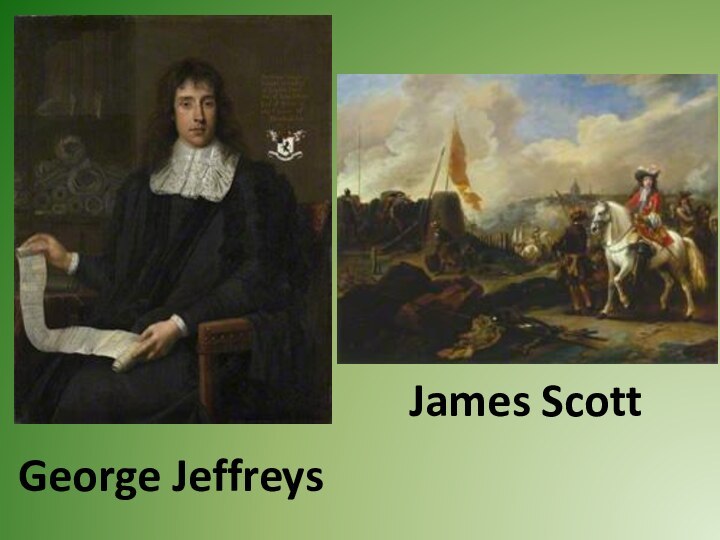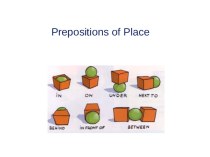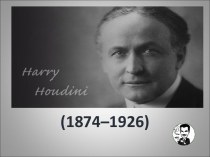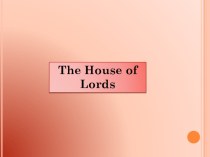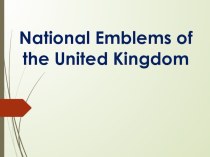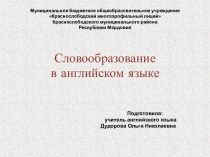people, selected on the basis of the significance of
the sitter, not that of the artist. The collection includes photographs and caricatures as well as paintings, drawings and sculpture. One of its best-known images is the Chandos portrait, the most famous portrait of William Shakespeare although there is some uncertainty about whether the painting actually is of the playwright.
Not all of the portraits are exceptional artistically, although there are self-portraits by William Hogarth, Sir Joshua Reynolds and other British artists of note. Some, such as the group portrait of the participants in the Somerset House Conference of 1604, are important historical documents in their own right. Often, the curiosity value is greater than the artistic worth of a work, as in the case of the anamorphic portrait of Edward VI by William Scrots, Patrick Branwell Bront’s painting of his sisters Charlotte, Emily and Anne, or a sculpture of Queen Victoria and Prince Albert in medieval costume. Portraits of living figures were allowed from 1969. In addition to its permanent galleries of historical portraits, the National Portrait Gallery exhibits a rapidly changing collection of contemporary work, stages exhibitions of portrait art by individual artists and hosts the annual BP Portrait Prize competition.
Inside the National Portrait Gallery
